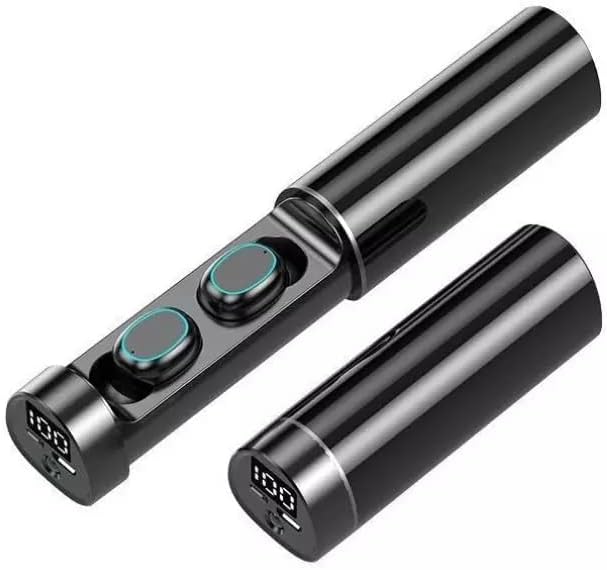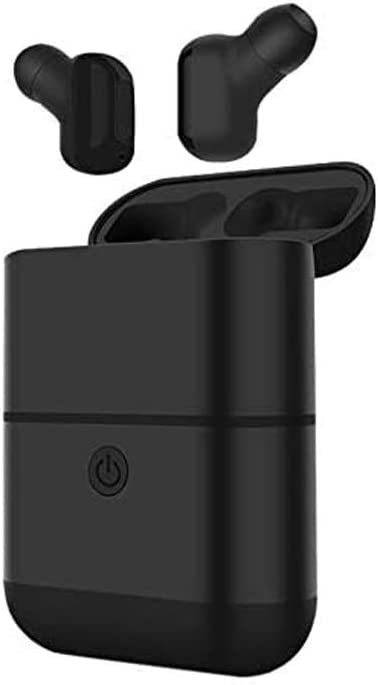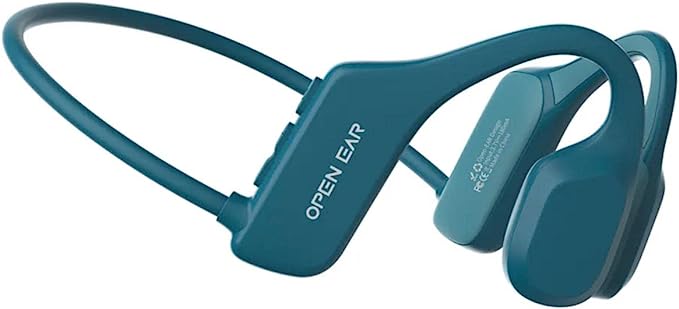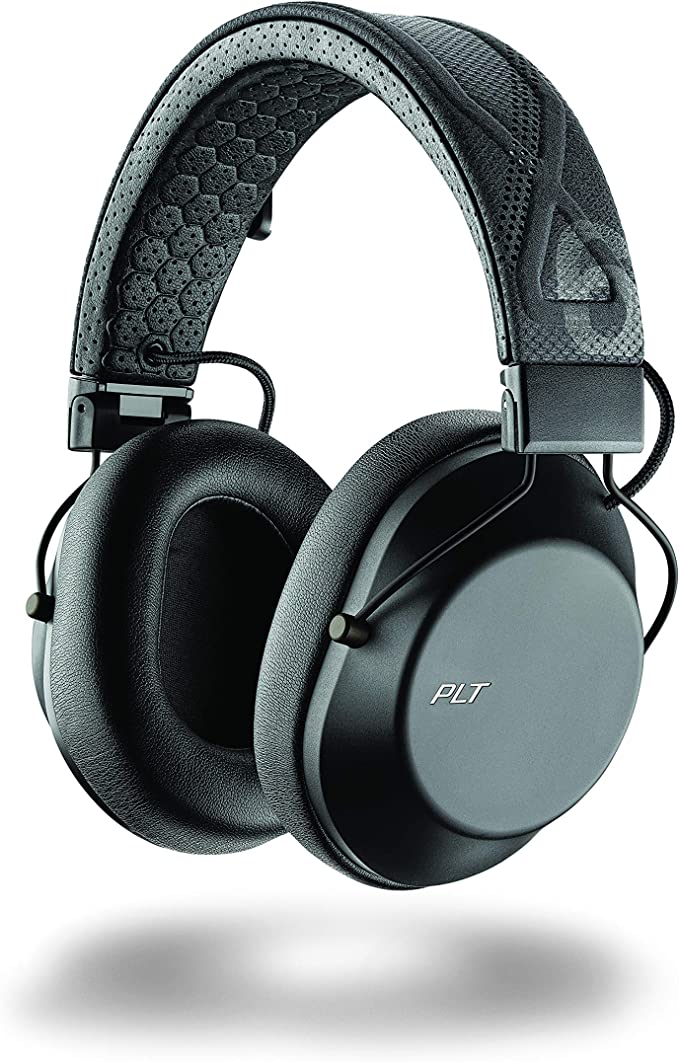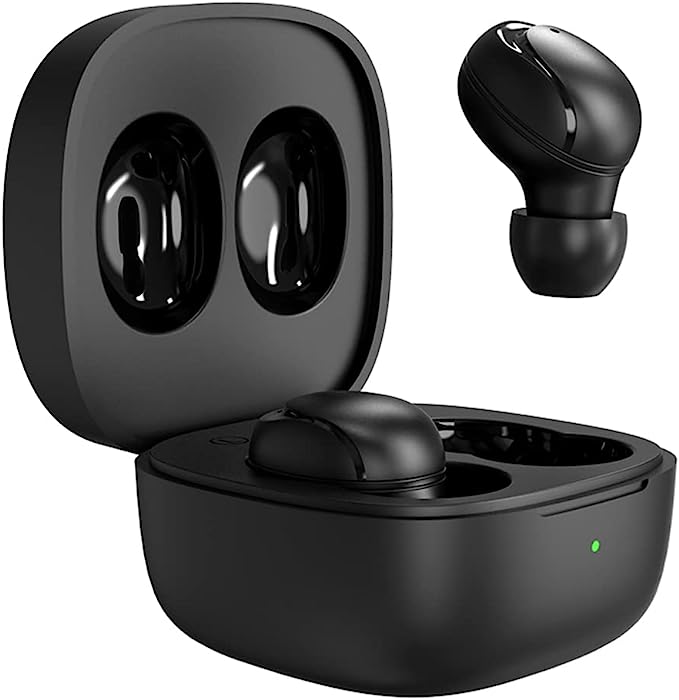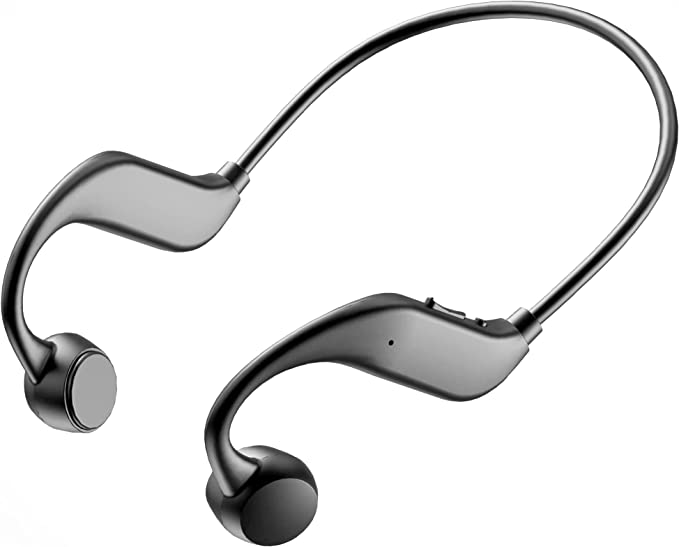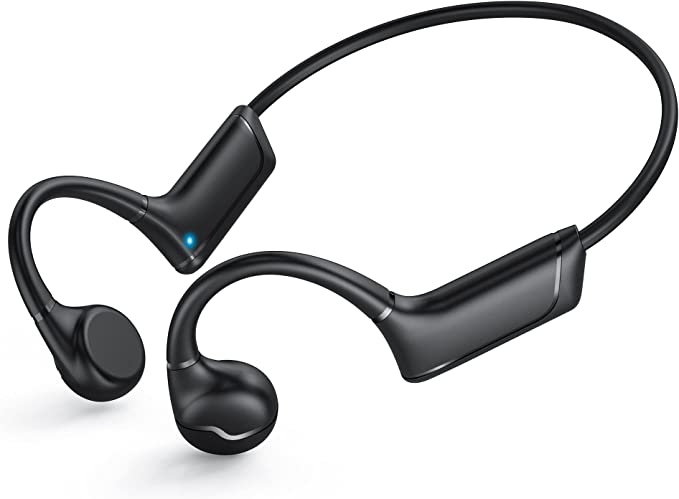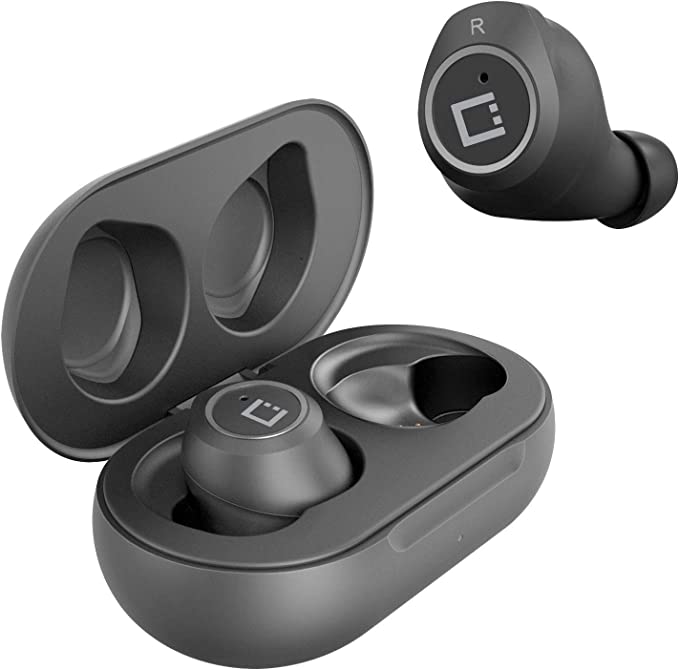Rulefiss i27 Wireless Earbuds: A Comfortable and Stable Bluetooth Ear Hook Choice
Update on May 19, 2025, 11:28 a.m.
We’ve all been there. You’re in the zone, hitting your stride on a morning run, pushing through that last set at the gym, or perhaps finding your rhythm on a scenic bike trail. Your carefully curated playlist is pumping, providing that essential beat to fuel your efforts. Then, disaster strikes: an earbud tumbles out, your connection crackles and drops, or worse, a sudden downpour threatens to silence your audio companion for good. The quest for reliable, high-performing sport wireless earbuds that can truly keep up with an active North American lifestyle is a familiar one. It’s not just about sound; it’s about an uninterrupted, empowering experience.
As someone who has spent years delving into the intricacies of audiology and consumer electronics, I find that the most interesting innovations often lie in how elegantly technology solves these everyday human frustrations. Today, we’re taking a closer look at a product like the Rulefiss i27 Wireless Earbuds, not as a review, but as a fascinating case study in applied science – how specific technological choices aim to deliver on the promise of robust performance for the active individual. Let’s unpack the science behind the features that promise to make your workout audio seamless and secure.
The Unseen Symphony: Decoding the Bluetooth 5.2 Connection
The very notion of “wireless” audio can feel like magic, but it’s built on decades of scientific advancement. Gone are the days of tangled wires snagging on equipment or restricting movement. At the core of this freedom for the Rulefiss i27 is its Bluetooth 5.2 technology. But what does that version number truly signify for your listening experience?
Bluetooth, first conceived by engineers at Ericsson in Sweden in the 1990s as a “short-link” radio technology, operates in the Industrial, Scientific, and Medical (ISM) radio band around 2.4 GHz. It’s a wonderfully complex dance of radio waves, protocols, and profiles designed for low-power, short-range communication. Think of it as a sophisticated, invisible conversation happening between your phone and your earbuds.
Version 5.2 brings some noteworthy enhancements relevant to audio. While the product description for the i27 highlights “a stable, low-latency wireless connection for high-quality sound (music or call),” the underlying science of Bluetooth 5.2 supports this claim. It introduced features like LE Isochronous Channels, which are foundational for the LE Audio specification (though whether the i27 fully implements all LE Audio features isn’t specified, the underlying 5.2 improvements are beneficial). In simpler terms, this allows for more precisely timed data delivery. Imagine multiple streams of audio data flowing to each earbud; 5.2 is better at keeping these streams perfectly synchronized and robust. This translates to:
- Enhanced Stability: Bluetooth employs a technique called adaptive frequency hopping, rapidly switching frequencies to avoid interference. Version 5.2 refines this, making the connection more resilient, especially in environments saturated with other wireless signals – like that bustling downtown gym or a popular running path. Fewer frustrating dropouts mean your rhythm stays unbroken.
- Lower Latency: Latency is the slight delay between when an audio signal is sent and when you actually hear it. High latency can be jarring when watching videos (lip-sync issues) or playing games. Bluetooth 5.2 aims to reduce this delay, leading to a more natural experience during calls and better synchronization with visual media if you’re catching a quick video during a break.
- Improved Power Efficiency: While not always directly resulting in dramatically longer earbud playback from a single charge (as battery size is also a huge factor), the underlying Bluetooth 5.2 standard is designed to be more energy-efficient in its operations compared to older versions. This contributes to the overall power management of the device.
For the Rulefiss i27 user, this sophisticated wireless technology means your focus remains on your workout, with the earbuds reliably delivering your chosen soundtrack or keeping you connected on a call, a far cry from the crackly, intermittent connections of early wireless audio.
Forged for the Elements: The Resilience of IP7 Waterproofing
There’s little that can derail an outdoor workout faster than an unexpected downpour, or for any intense activity, the corrosive effect of sweat on delicate electronics. This is where material science and engineering standards step in to provide a crucial layer of defense. The Rulefiss i27 earbuds are rated IP7 waterproof, a designation that offers significant peace of mind.
“IP” stands for “Ingress Protection,” and it’s a standard (IEC 60529) developed by the International Electrotechnical Commission to classify the degree of protection provided by enclosures of electrical equipment. The numbers following “IP” are not arbitrary; they have very specific meanings. The first digit relates to protection against solid particles (like dust), and the second digit relates to protection against liquids. In the case of “IP7” (sometimes written as IPX7 if solid particle protection isn’t specifically rated or is covered under the general design), the ‘7’ is the star of the show for water resistance.
An IPX7 rating signifies that the device can withstand immersion in water up to 1 meter (approximately 3.3 feet) for a duration of 30 minutes. This isn’t just about being splash-proof; it’s a robust level of protection. Imagine you’re on a long run, miles from home, and the skies open up. Or picture an intense spin class where sweat is a given. The i27’s IP7 rating, which the manufacturer states “effortlessly protects the sport headphones from heavy rain or sweat during intense workouts and all-weather conditions,” means the internal electronics are shielded.
How is this “armor” achieved? Engineers employ several strategies: * Precision Seals and Gaskets: Tiny, custom-fitted seals made from resilient materials like silicone are placed at every potential entry point – around buttons (if physical ones existed, though these are touch-controlled), seams in the casing, and charging ports (though the case charges the buds). * Hydrophobic Coatings (Potentially): While not explicitly mentioned for the i27, many high-IP-rated electronics also utilize nano-coatings on internal circuit boards that repel water at a microscopic level, providing a secondary line of defense if any moisture somehow bypasses the physical seals. * Careful Casing Design: The actual plastic or polymer shells are molded with extreme precision to ensure tight fits and minimize gaps.
For the user, this scientific approach to environmental sealing translates into durability and the freedom to exercise without constantly worrying about the elements or the intensity of their perspiration. It’s a testament to how materials science and rigorous testing standards can enhance the longevity and utility of our everyday tech.
Engineered for Adherence: The Biomechanics and Material Science of a Secure Fit
One of the most persistent complaints about earbuds, especially for active users, is their frustrating tendency to dislodge at the most inconvenient moments. The Rulefiss i27 directly addresses this through its “Over Ear” form factor, incorporating “soft, Superlight, flexible and secure fit earhooks.” This design isn’t accidental; it’s rooted in an understanding of ergonomics, biomechanics, and materials science.
Why do conventional in-ear buds fall out? Several factors are at play: * Gravity and Motion: The constant jarring and multi-directional forces during activities like running, jumping, or even vigorous head movements can easily overcome the friction holding a simple bud in place. * Ear Canal Variation: Human ear canals are incredibly diverse in shape and size. A one-size-fits-all approach rarely works perfectly for everyone. * The “Sweat Factor”: Perspiration can act as a lubricant, reducing the friction between the earbud and the skin.
The over-ear hook design of the i27 offers a multi-pronged solution: * Anatomical Anchoring: The hook loops over the auricle (the visible part of the ear), providing a secure anchor point that distributes the earbud’s weight and counteracts the forces trying to pull it out. This is a fundamental principle of ergonomic design – working with the body’s natural contours. * Material Choice: The description mentions “soft, Superlight, flexible” materials. Modern polymers like thermoplastic elastomers (TPEs) or specialized silicone formulations are often used for such applications. These materials offer a comfortable feel against the skin, can flex to accommodate different ear shapes, and are durable enough to withstand repeated use. The “Superlight” aspect is also crucial; while the product page lists the item weight (which includes the case and packaging) as 4.9 ounces, the earbuds themselves would be a small fraction of this. Lighter earbuds mean less inertia during movement and reduced pressure on the ear, contributing to both stability and long-term comfort. * Customizable Fit (Implied): The flexibility of the earhooks allows them to conform more closely to the individual user’s ear shape, enhancing the security of the fit.
For someone engaged in high-intensity interval training (HIIT), a challenging trail run, or any activity where focus is paramount, a secure earbud means one less distraction. The engineering here allows users to immerse themselves in their activity, confident that their audio will stay put, a small but significant victory in user-centered design.
Illuminating Power, Intuitive Command: The User Experience of LED Displays and Touch Controls
In the sophisticated ecosystem of modern electronics, the way we interact with and get information from our devices is almost as important as their core function. The Rulefiss i27 incorporates two features that speak directly to this user experience: Dual LED Displays and Touch Control.
The “Digital LED display is to show the power level for charging case and wireless earphones,” with the case’s LED flashing from 1 to 100 when it’s charging. This seemingly straightforward feature relies on Light Emitting Diodes (LEDs) – tiny semiconductor devices that emit light when an electric current passes through them. They are incredibly energy-efficient and durable, making them ideal for portable electronics. Knowing the precise battery status of both the case (which acts as a portable charger for the earbuds) and the earbuds themselves, which are powered by compact Lithium Polymer batteries, helps eliminate “battery anxiety.” You can quickly glance and know if you have enough charge for that long workout, a small convenience that makes a big difference in daily usability. Lithium Polymer batteries are favored in such compact devices for their high energy density and ability to be molded into various shapes, and their discharge characteristics allow for relatively accurate percentage-based power level indication.
Complementing this visual feedback is the “dual-ear touch control.” This feature allows for “convenient operation on the volume control, previous/next song, pause and answer calls along as well as voice assistant control.” This likely employs capacitive touch sensing. Imagine the surface of the earbud has a very faint, stable electrostatic field. When your finger (which is electrically conductive) approaches, it changes this field. Tiny sensors detect this change in capacitance and register it as a “touch.” This technology allows for a sleek, button-free design, which not only looks modern but can also improve water resistance by eliminating physical openings for buttons. For the active user, this means adjusting volume, skipping a track, or answering an important call can be done with a simple tap or swipe, without fumbling for a phone or pressing a hard-to-locate physical button mid-stride. It’s about fluid, almost subconscious, interaction.
These interface elements – the clear information from the LEDs and the subtle responsiveness of touch controls – refine the overall experience, making the technology feel less like a tool you have to manage and more like an intuitive extension of your activity.
The Converging Currents of Sound and Science
When we look closely, a seemingly simple pair of sport wireless earbuds like the Rulefiss i27 is a microcosm of remarkable scientific and engineering advancements. It’s not just one piece of technology, but a synergy: the invisible dance of Bluetooth 5.2 ensuring your audio stream remains robust and clear; the material science and meticulous engineering behind an IP7 rating that armors the device against the elements; the ergonomic and biomechanical considerations that keep the earhooks comfortably in place; and the elegant electronic interfaces of LED displays and touch controls that make interaction effortless.
Rulefiss, a brand established in 2018, states a mission to “combine fashion and innovative technology to turn smart devices into carriers of personal style.” In products like the i27, the “innovative technology” part is certainly evident in the thoughtful application of these established scientific principles to address the specific needs of active individuals.
Ultimately, the goal of such technology is to fade into the background, empowering us to pursue our activities – whether that’s achieving a new personal best, enjoying the rhythm of a daily jog, or simply finding a moment of focus in a busy world – with greater freedom and fewer frustrations. The continuing evolution of wearable audio is a testament to how science can enhance not just our workouts, but the quality of our everyday experiences. It’s a field I watch with constant fascination, and it’s exciting to see these capabilities become increasingly accessible.
